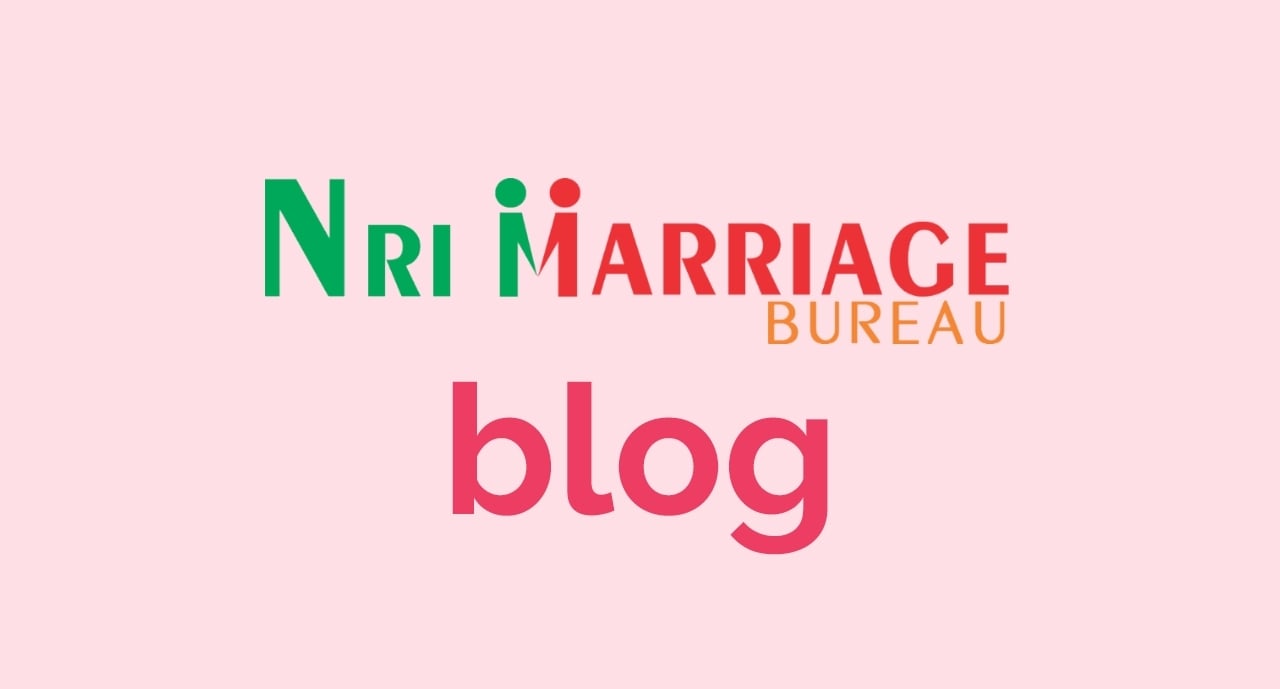Importance of Traditional Ornaments or Solah Shringar for Indian Brides on her Wedding
Traditional Ornaments or Solah Shringar enhance the prettiness of the Indian Brides on her wedding. Importance of traditional ornaments in the life of a woman can be measured from the different items she accepts on various occasion in her life. Indian Brides looks very stunning when they wear well-matched jewelry with the wedding outfit. Jewelry is not only the customary folklore, but it has a great significance attached to each and every piece of items worn by the women. Solah Shringar derived from two words – “solah” and “shri” in which the number 16 (solah) refers to the different segments of the moon planet and Shringar is originated from “shri” Goddess Lakshmi. Each of the decorating items is believed to add more charm to the girl’s beauty. Women decorate themselves with the solah shringar on the day of wedding. These 16 adornments smarten her from head to toe and contribute to her entire glamorous look. Girls, who are going to be a bride soon this year, take a rapid look at the significance of solah shringar.
Maang Tika
This piece of item that goes on the Indian bride head parting the hairs. It comes with or without a chain. Women choose this jewelry item in gold, silver studded with stones or pearls.
Bindi
It is actually round item comes in different colors placed in the forehead. The bindi refers to luck and prosperity for Kapu Brides, Hindu Brides, Punjabi Brides, and Tamil Brides. The word “bindi” derived from the Sanskrit word “Bindu” signifies particle or spot. Because of the different language spoken in India, the bindi is also known by other names, involving, tikli, kumkum, etc.
Sindoor or Vermillion
At the time of wedding, groom apply red colored powder (sindoor) on the bride head. After that, she termed as married woman.
Kajal, Black Liner, Anjana
To enhance the beauty of the eyes, women applied kajal both the upper and lower eyelashes lines. It gives a new shape to the eyes.
Nose Ring
A nose ring is worn through the left nostril by the Indian Bride on her wedding. Women can choose the gold or silver nose ring in different shapes.
Earrings
These are usually made of gold, but nowadays it comes artificially complementing the necklace worn.
Necklace
It is marked as the centerpiece of the wedding outfit. Necklace comes in single layer or multiple layers that normally wear on the wedding day. It has different types such as kundan chokers decorated with beautiful beads or stones.
Mehendi or Heena
It is a decorative item that usually applied to the bride's hands with beautiful designs made by the professionals. The darkness of the color symbolizes luck and prosperity.
Bajuband or Armlet
It normally wears on the upper arms by the bride on the day of the wedding. It is more popular among Rajasthani or south Indian brides.
Bangles
It comes in different designs and material that enhance the bride hands beauty. Punjabi brides wear red or white colored bangles symbolize their married status.
Haathful or Aarsi
Bride hands fully covered with rings attached with chains which further connect to a bracelet. These are studded with stones, pearls.
Kamarbandh or Waist Accessories
A decorative chain bride wears around her waist studded with stones in gold metal.
Payal or Anklets
Bride wears this adornment in her ankles. It mostly attached with hanging beads that produce sounds when the bride walks. It comes in silver metal.
Toe Ring
After marriage, it is compulsory for married woman to wear toe rings as it strengthens the fertility system in married ladies. It is made of silver.
Fragrance
To smell pleasant all through the wedding day, the bride applies perfumes on her body.
Keshapasharachana
It is a beautiful bunch of flowers comes in white color attached to the hairs. White flowers like jasmine increase the beauty of this hair adornment.
Windup: In India, Traditional Ornaments has great importance on the wedding day. Solah Shringar encompasses the beautification of the bride from head to toe.


